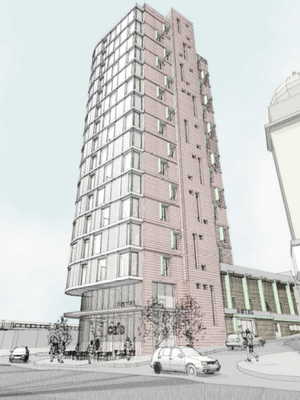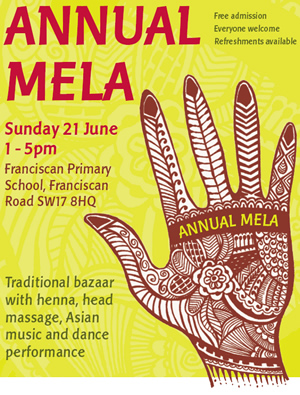It was a lengthy Regeneration and Community Safety OSC last night – the focus of most of the evening was on crime and disorder, but one paper towards the end of the evening generated a lengthy and interesting debate.
The paper was proposing that Wandsworth renews its ‘no casino’ policy. If you want to read it, the paper and appendices can be found on the council’s website – scroll down to item 18, it’s paper 09-485.
To give a potted summary since the Gambling Act 2005 a council has been able to adopt a no casino policy for up to three years in 2006 the council passed a resolution to that effect and it is now time to review that decision.
There were two key points to the discussion.
First, are casinos so ‘evil’ that we would oppose any in Wandsworth?
Second, isn’t it better to adopt a more flexible policy, since in 2012 circumstances might have changed and we might actually want a casino.
I found it a really interesting discussion. As a Conservative there’s a real conflict between the libertarian ideal – that we should impose as little regulation as possible – and any vision we might have that would be incompatible with casinos. Additionally, it’s not as if we don’t have gambling on every high street. Bookmakers are common, every pub has fruit-machines and every newsagent sells Lotto temptation that comes with even longer odds than any casino offers.
But they operate differently. Gambling is not the main trade of a pub or newsagent, and while it is for a bookmaker, they don’t offer ancillary facilities like a bar, food or entertainment that casinos often offer.
The flexibility argument is more compelling; the opposite of a no casino policy is not a will-open-casino policy. We would still have to consider applications and could reject them. But we wouldn’t have total control, a casino operator could appeal, and might win, a rejection, meaning we ended up with a casino we considered inappropriate. And even though we could add conditions to any licence, we’re still fairly limited, we couldn’t for example set ‘quality’ standards. In the eyes of the law a casino is a casino is a casino (likewise, in planning terms, there’s no difference between Poundstretcher and Fortnum and Mason, they are just retail outlets).
But for me the decision boils down to the type of Wandsworth we want. Wandsworth is a residential borough. Increasingly it’s a family borough. Proudly, it’s a business borough. And I just don’t see a casino fitting into that.
A casino would profoundly change an area. It would drive the night-time economy and would undoubtedly mean that shops, bars and restaurants in the area would change to reflect that. And I don’t think that’s what we want.
An anecdote I didn’t share with the committee goes back to 2006. I was at the Battersea Police Ball with my wife and friends (a huge event that raises funds for the Battersea Crime Prevention Panel) and as it came to an end one suggested we all go to the casino where he’s a member.
So we piled into a couple of cabs and headed up to St James. While I didn’t lose my house at roulette I did get a little more gregarious after a few shandies…
It took me weeks to pluck up the courage to look at the photos I insisted on having taken with every member of staff I spoke to. Even now I cringe thinking about it and couldn’t bring myself to use one to illustrate this post. And while no harm was done (all the staff posed for photos with great humour, as did a couple of other customers) I ask you this – do you really want people like me rolling into the borough late at night for a few hours of drinking and cards then getting a cab back to their quiet, residential borough?
I certainly don’t.
In London there are plenty of places with established night-time economies into which a casino would fit nicely. Wandsworth isn’t one of them.
The policy now has to go to the council’s Executive and full council (legally only the full council can make the decision) before going to a public consultation. Of course, you can have your say right here!

 I popped down to the annual Tooting Mela yesterday. I really should have advertised the event last Friday. The afternoon, organised by London Fire Brigade was a fantastic session of entertainment, demonstrations and free food.
I popped down to the annual Tooting Mela yesterday. I really should have advertised the event last Friday. The afternoon, organised by London Fire Brigade was a fantastic session of entertainment, demonstrations and free food.